Wanshou Temple, Beijing
Wanshou Temple (Longevity Temple) is located on Suzhou Jie in Beijing. The temple is still an active Buddhist temple and also houses the Beijing Art Museum (北京艺术博物馆/北京藝術博物館).
The temple was built in 1577 during the Wanli reign of the Ming dynasty as a repository of Chinese Buddhist scriptures. It later became the site of important religious ritual for imperial families throughout the Ming and Qing dynasties.
When I visited Beijing the 1990s, my friends and I tried to visit every temple that we could find. At that time, religion in China was still a very taboo topic. Countless temples were destroyed during the Cultural Revolution and the ones that managed to survive remained closed– converted into private residences, factories, or utterly abandoned. As I sort and catalogue photos from the 1990s, I will begin to post them here.
Wanting to see Wanshousi, my friend Leaf and I visited the temple in 2014. We spent a leisurely afternoon inside the temple, admiring the architecture, pondering the ancient trees, watching visits to the temple purchase lucky talisman and prayer blocks and attach them to the fence encircling an ancient tree.
It is believed the purchase of the prayer block will bring various benefits depending on the type of block purchased at the temple shop. This was clearly an important source of revenue for the temple and tour guides emphasized the “tradition” of hanging these lucky wood prayer blocks in front of the tree to ensure that one’s wishes are granted. I’m quite sure that many of the “traditions” the guide described are newly fabricated traditions that align well with the market capitalism’s profit motive. While the temple is beautiful, there is not much sense of the sacred– far more prevalent is the sense that the temple is engaged in making a great deal of money. Needless to say, Leaf and I didn’t buy anything but did enjoy some water and ice cream!
On they way out of the temple, be sure to check out the gate structure. On the ceiling are painted 100 red bats that represent a homophonetic phrase in Chinese meaning good luck. I’ll look up the phrase later and post it here. Anyway, the bats are quite nice and show how folk belief, represented through lingustic plays on words and manifested through art, finds its way into a Buddhist temple. Fascinating!
After leaving the temple, we walked down the road adjacent to the river and noticed an ancient gate leading into an old neighborhood. We entered the gate to find an old neighborhood comprised of a mix of very old buildings that were once likely part of the temple complex, and more modern houses built probably between the 1950s and 1980s. Many of the houses were modified by residents to be more comfortable. Most apparent to me was the sense that the neighborhood, with its small lanes with houses nestled closely together, formed a true community where people knew one another and had daily social interaction. Even the cat sleeping quietly on a low wall seemed to be a happy resident.
Wanshou Temple, Beijing


![[Group 2]-2014-05-01_P1040722_v1_2014-05-01_P1040725_v1-4 images | Wanshou Temple, Beijing](https://www.ambrosi.ca/wp-content/uploads/2014/12/Group-2-2014-05-01_P1040722_v1_2014-05-01_P1040725_v1-4-images.jpg)
![[Group 5]-2014-05-01_P1040807_v1_2014-05-01_P1040814_v1-8 images [Group 5]-2014-05-01_P1040807_v1_2014-05-01_P1040814_v1-8 images](https://www.ambrosi.ca/wp-content/uploads/2014/12/Group-5-2014-05-01_P1040807_v1_2014-05-01_P1040814_v1-8-images.jpg)
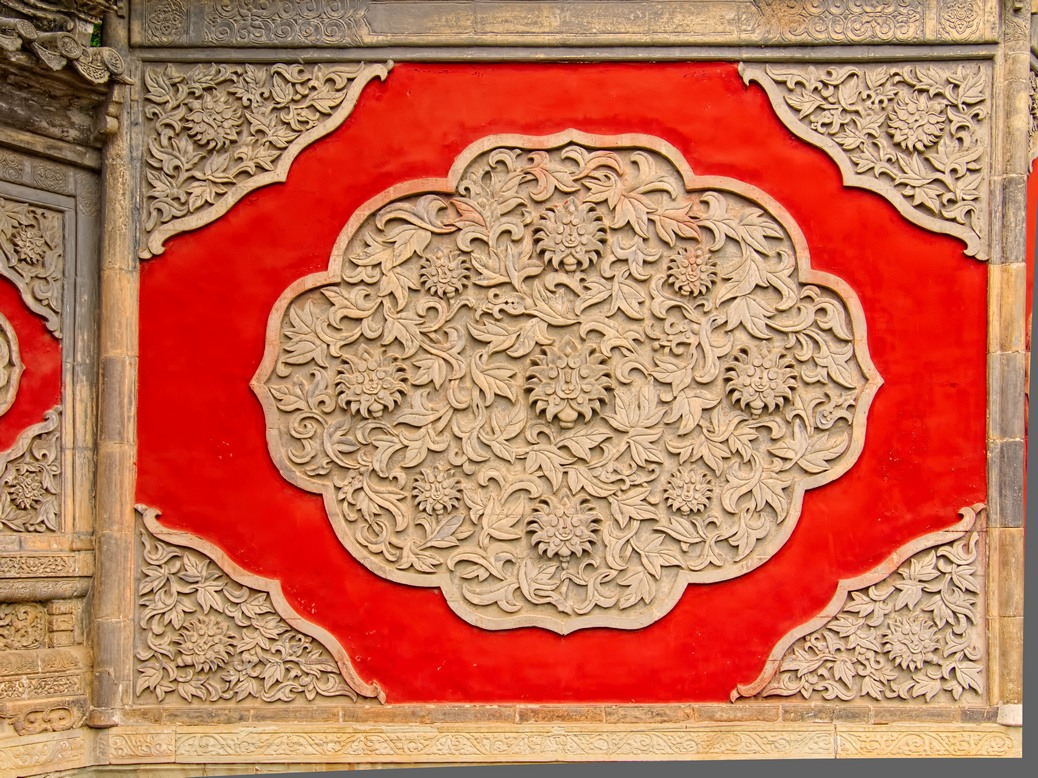
![[Group 2]-2014-05-01_P1040719_v1_2014-05-01_P1040721_v1-3 images [Group 2]-2014-05-01_P1040719_v1_2014-05-01_P1040721_v1-3 images](https://www.ambrosi.ca/wp-content/uploads/2014/12/Group-2-2014-05-01_P1040719_v1_2014-05-01_P1040721_v1-3-images.jpg)
![[Group 4]-2014-05-01_P1040798_v1_2014-05-01_P1040804_v1-7 images [Group 4]-2014-05-01_P1040798_v1_2014-05-01_P1040804_v1-7 images](https://www.ambrosi.ca/wp-content/uploads/2014/12/Group-4-2014-05-01_P1040798_v1_2014-05-01_P1040804_v1-7-images.jpg)
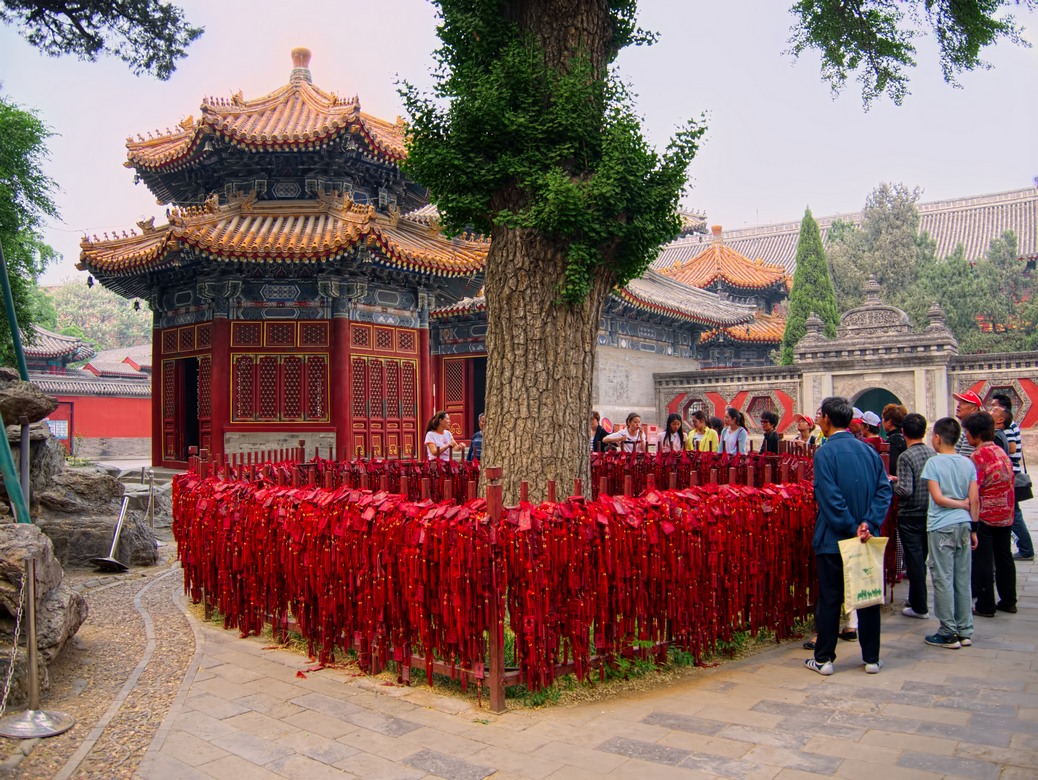
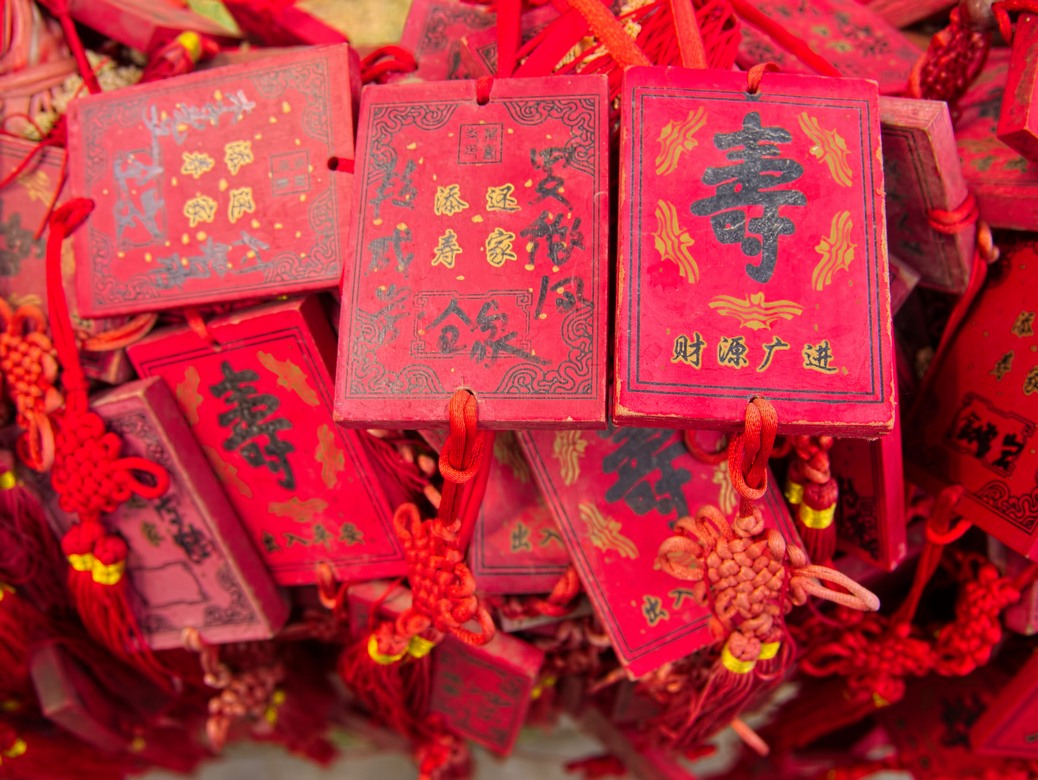
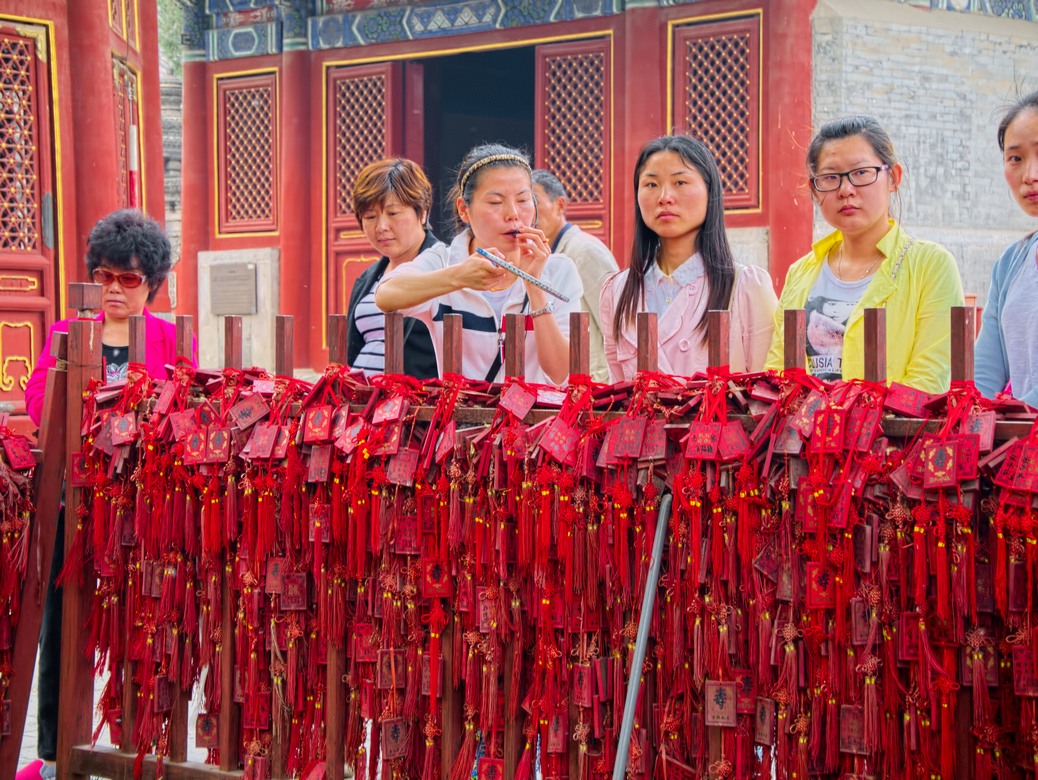
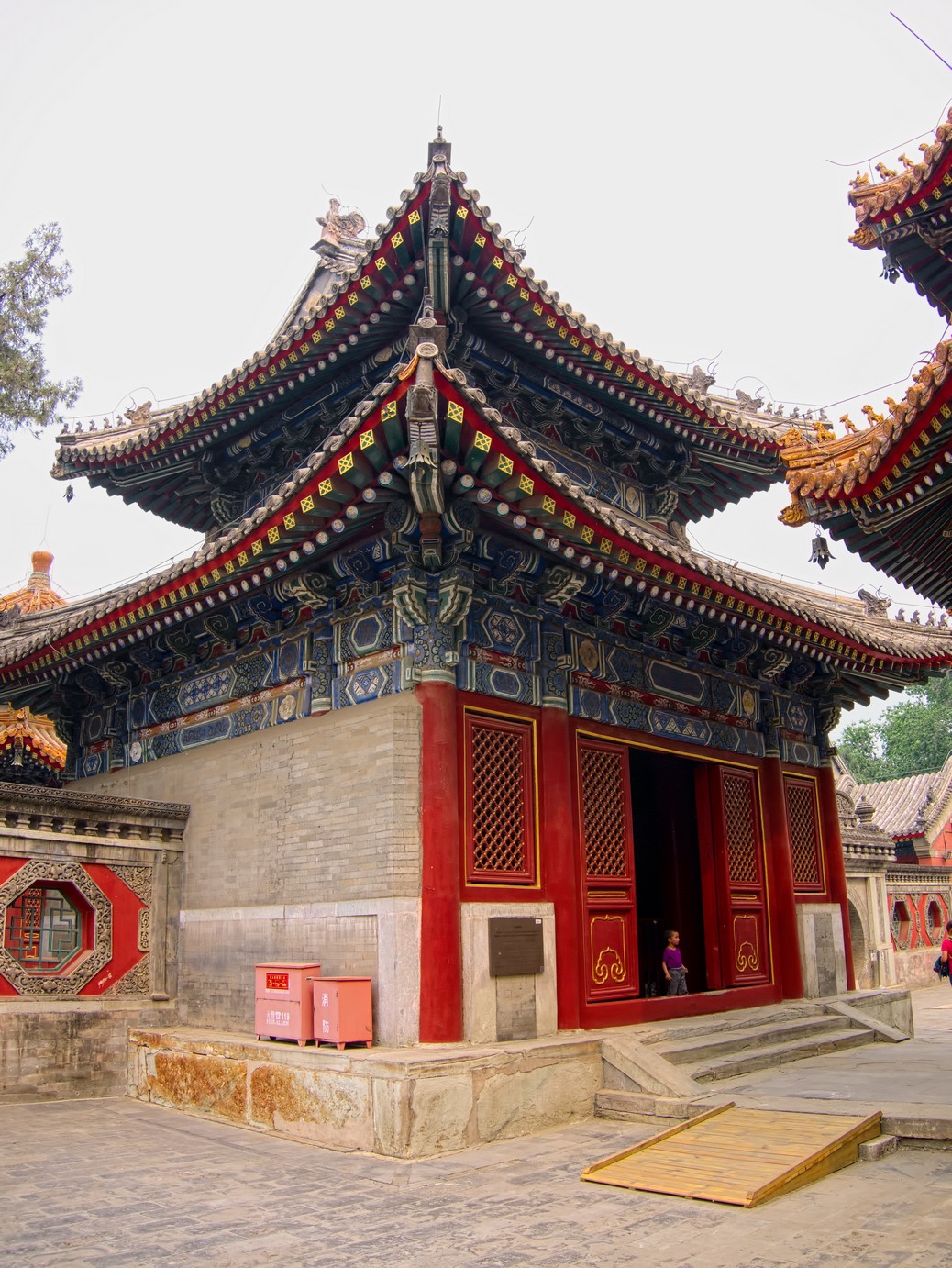
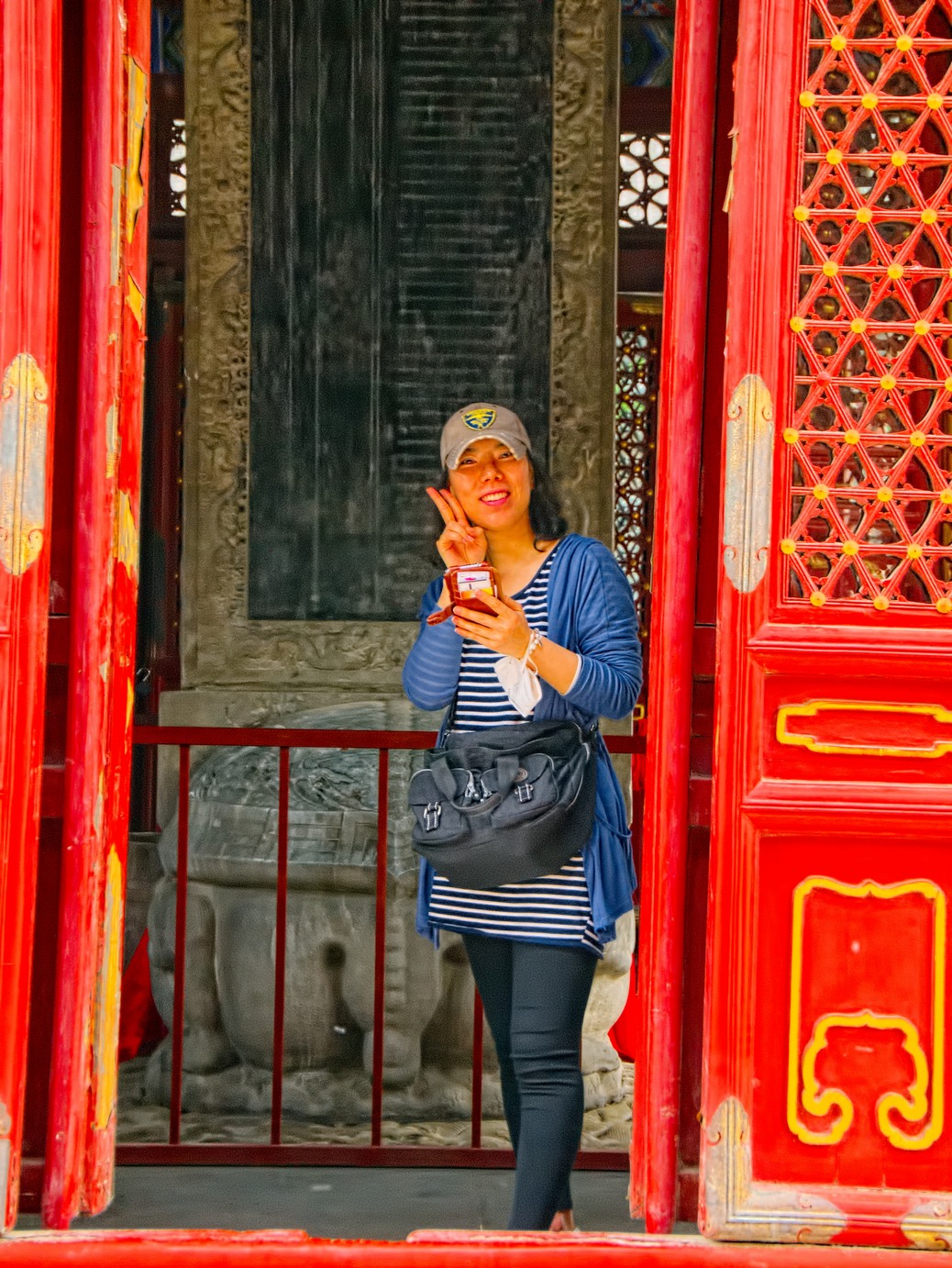
![[Group 3]-2014-05-01_P1040745_v1_2014-05-01_P1040749_v1-5 images [Group 3]-2014-05-01_P1040745_v1_2014-05-01_P1040749_v1-5 images](https://www.ambrosi.ca/wp-content/uploads/2014/12/Group-3-2014-05-01_P1040745_v1_2014-05-01_P1040749_v1-5-images.jpg)
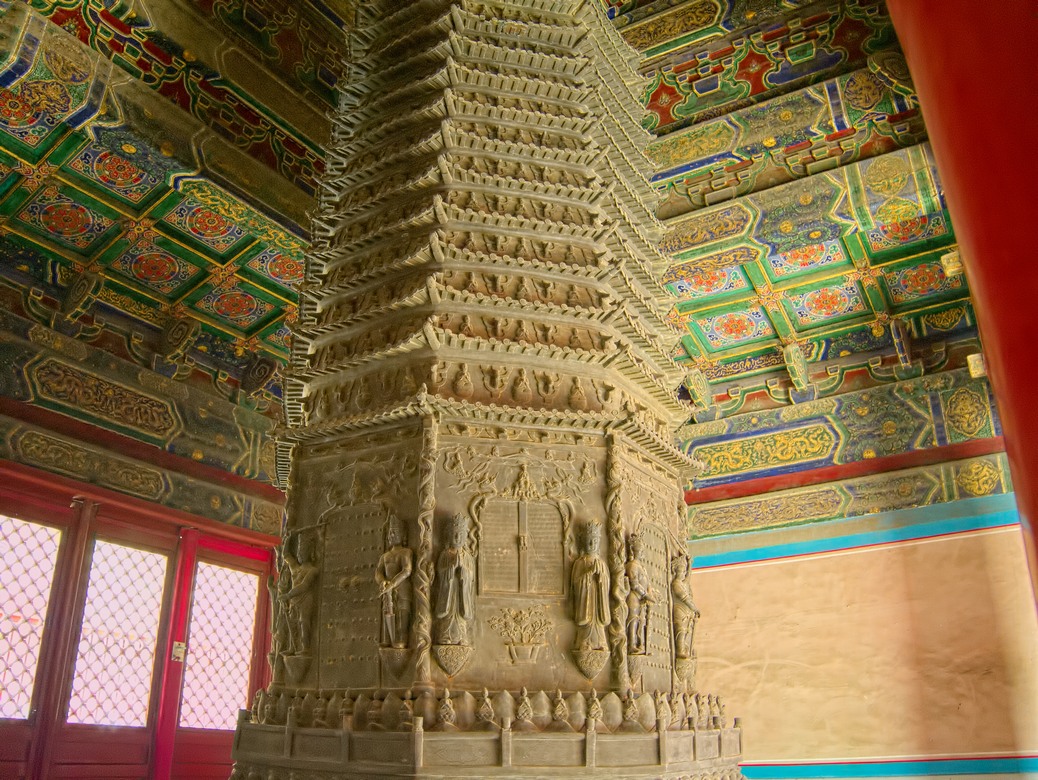
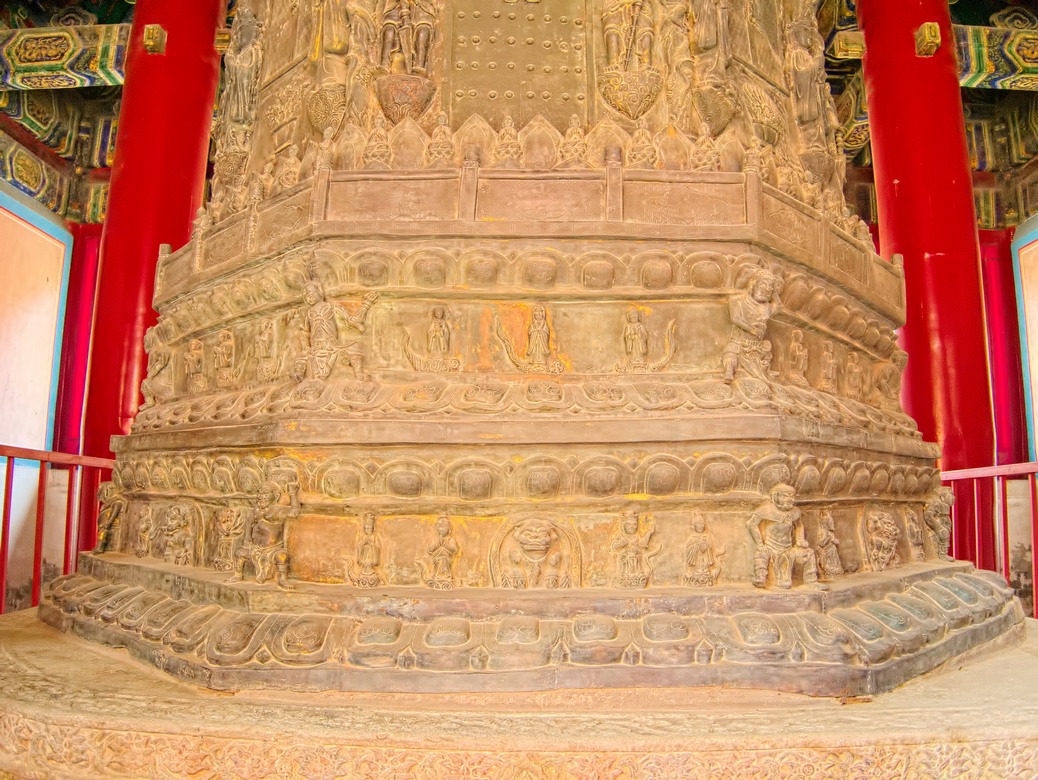
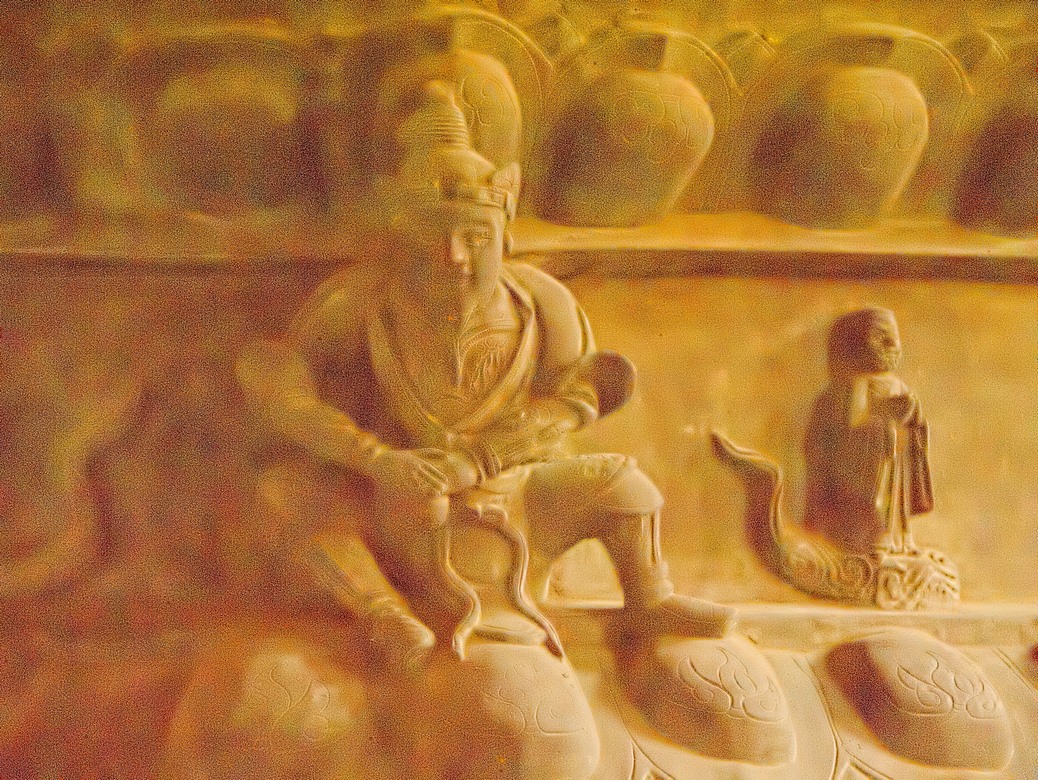
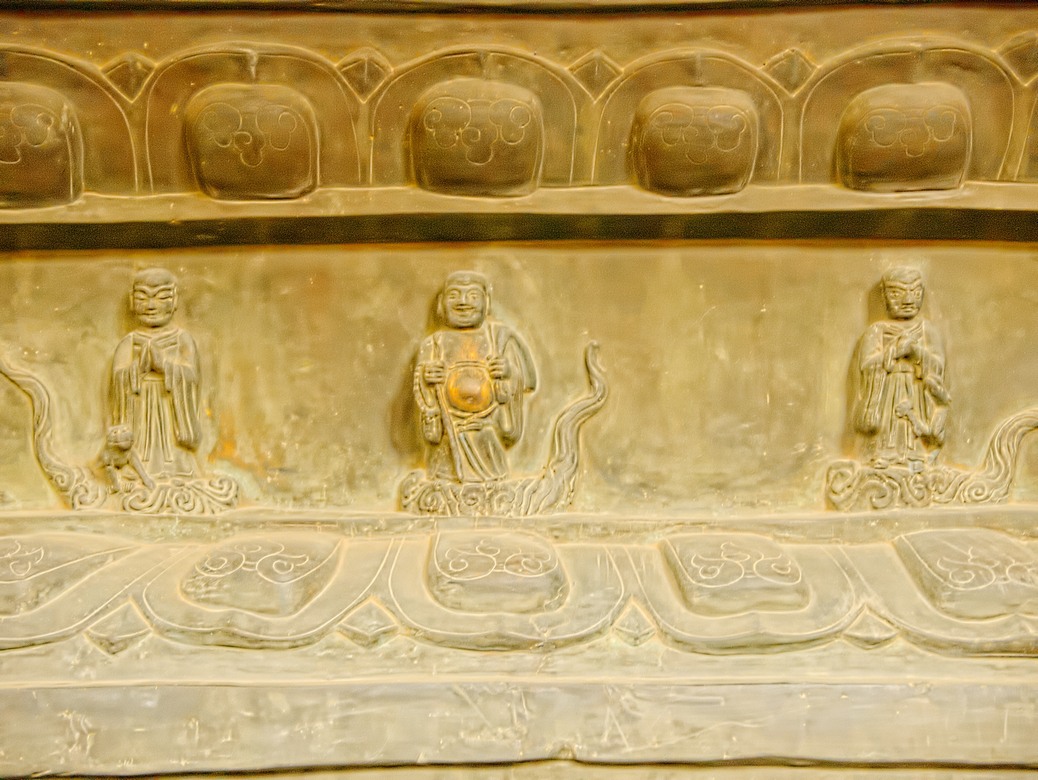
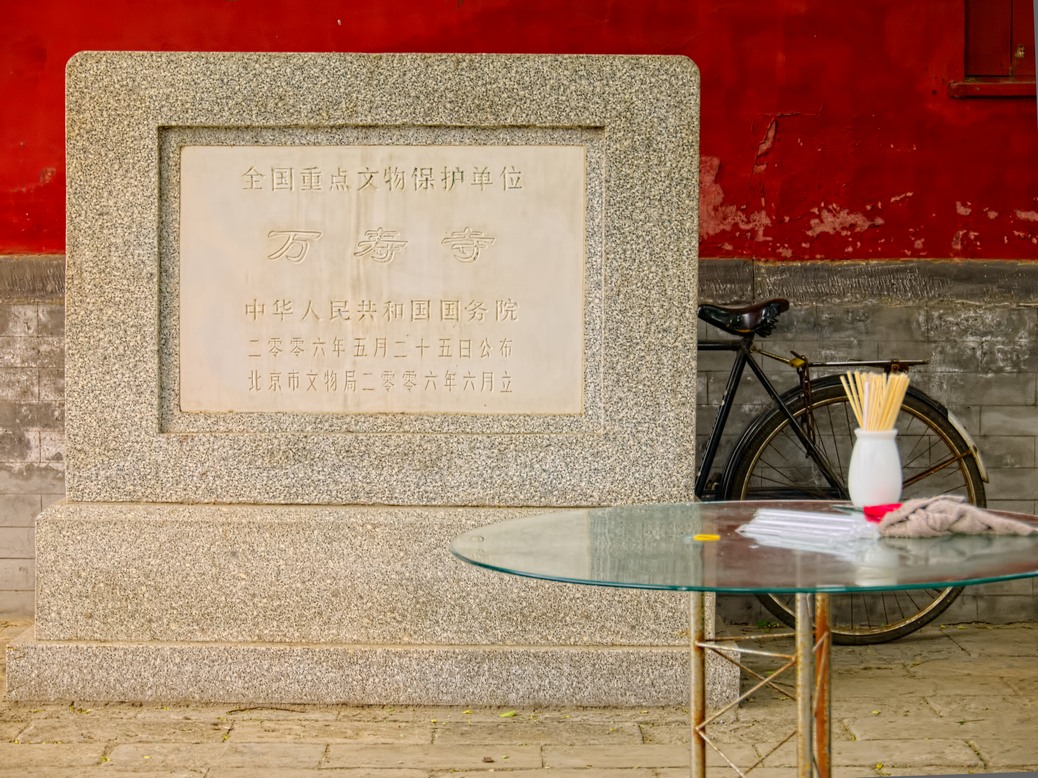
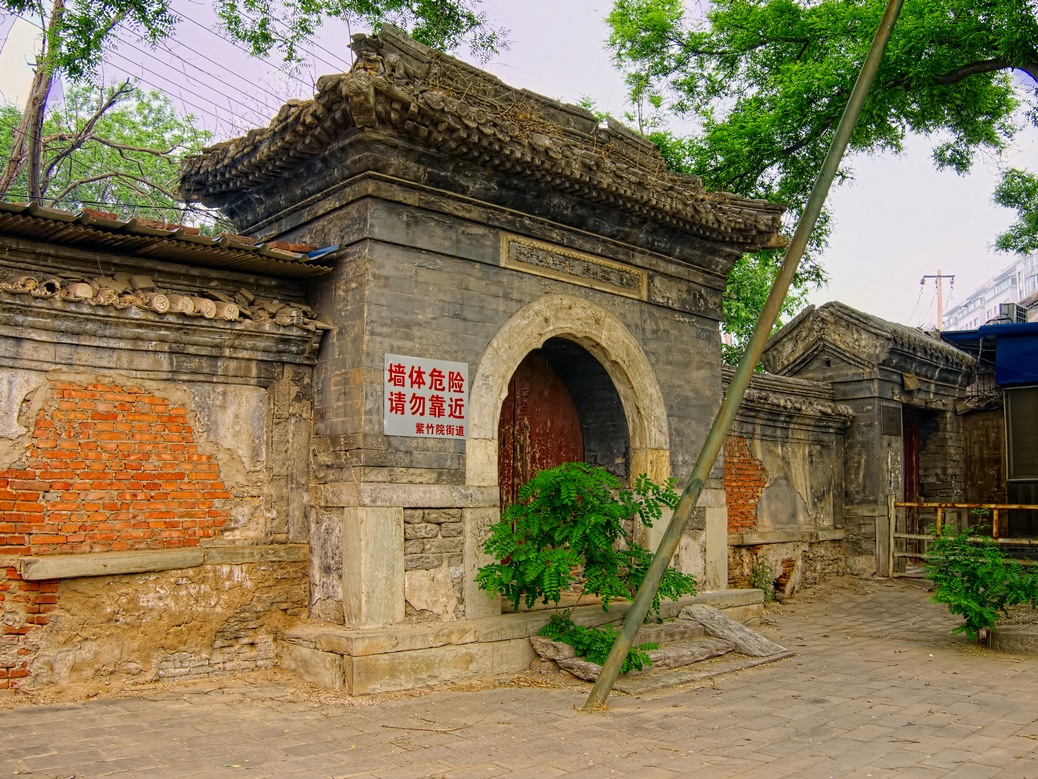
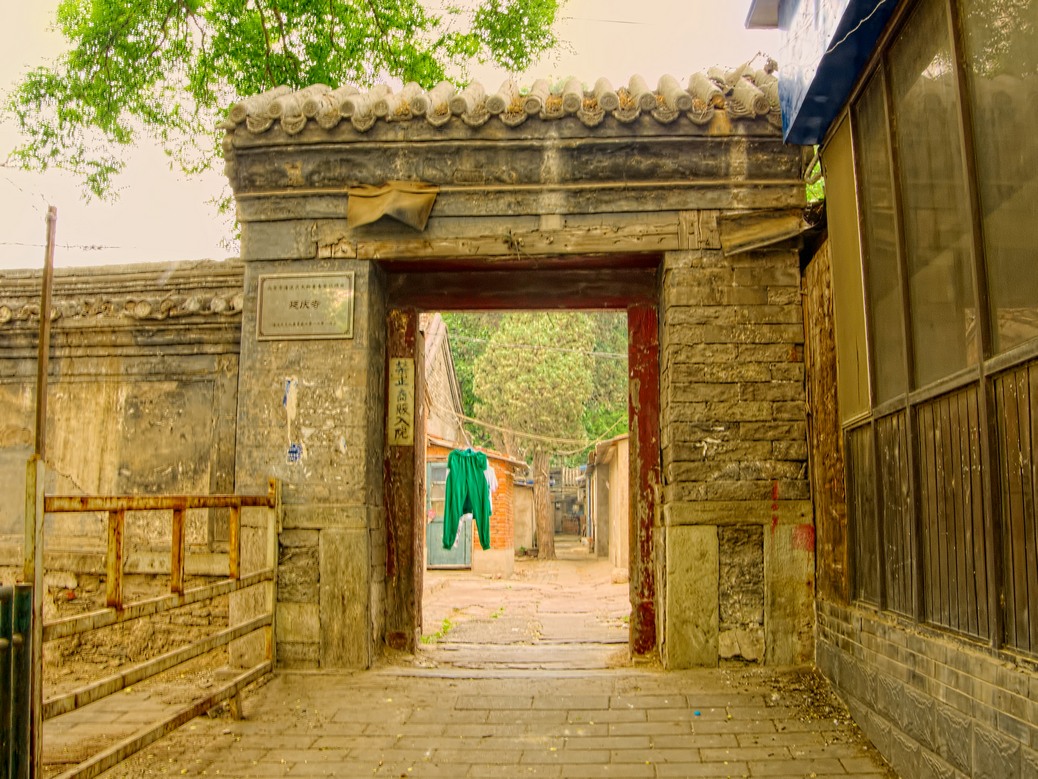

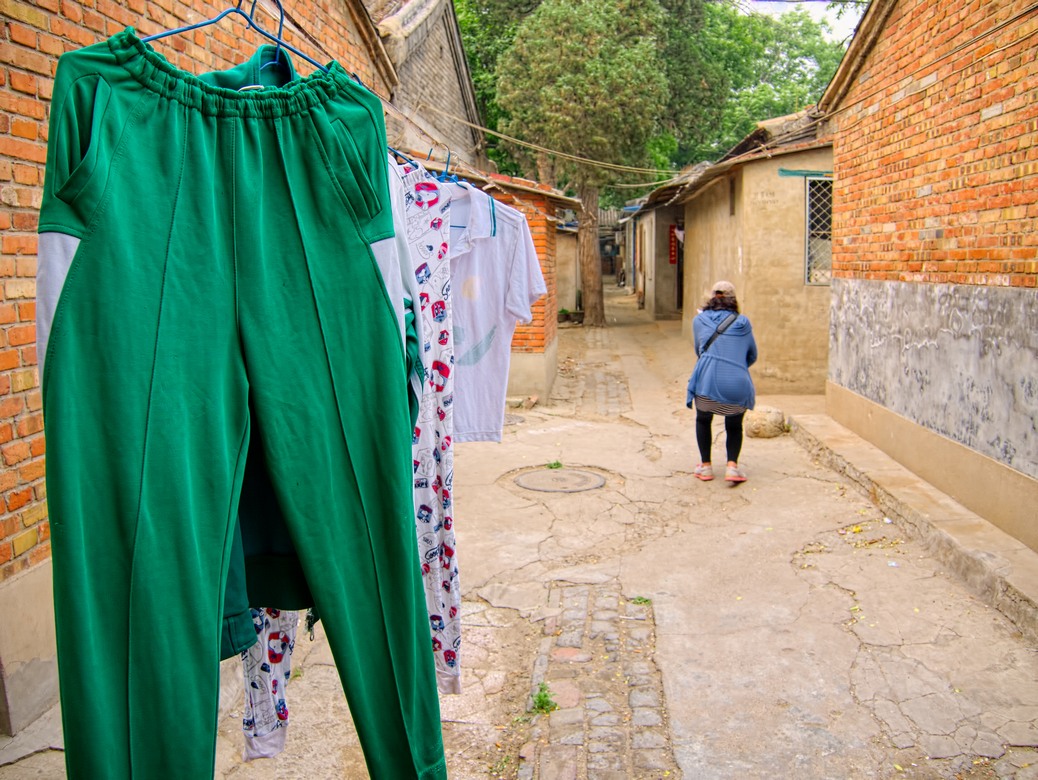
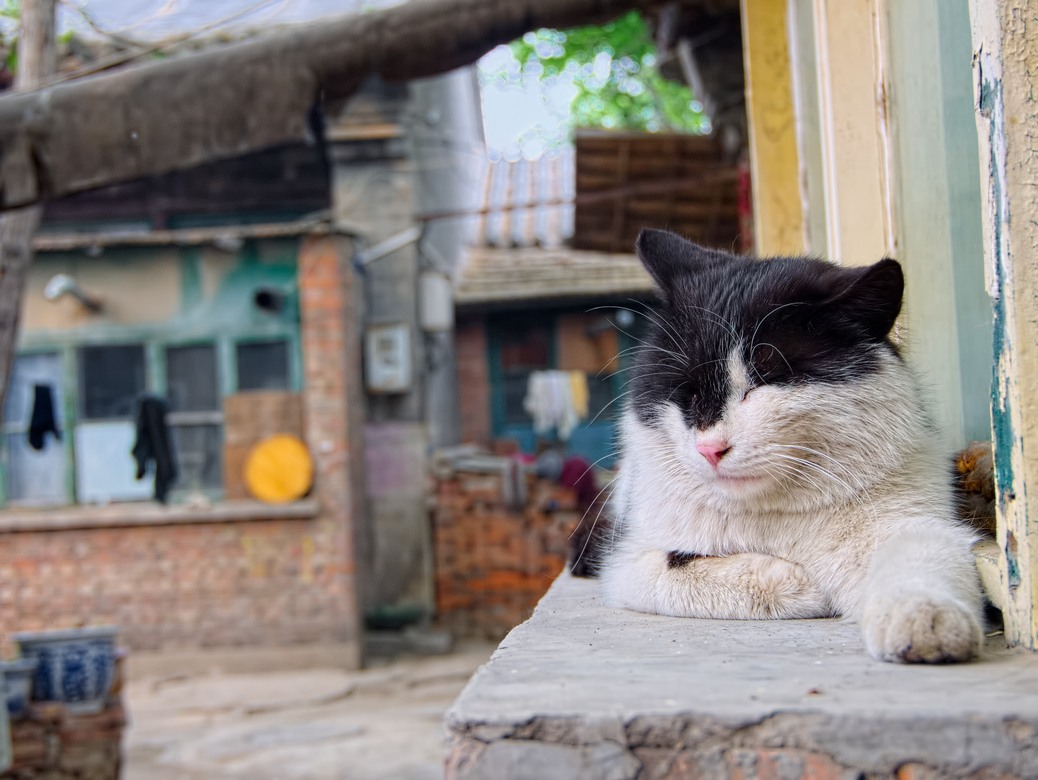
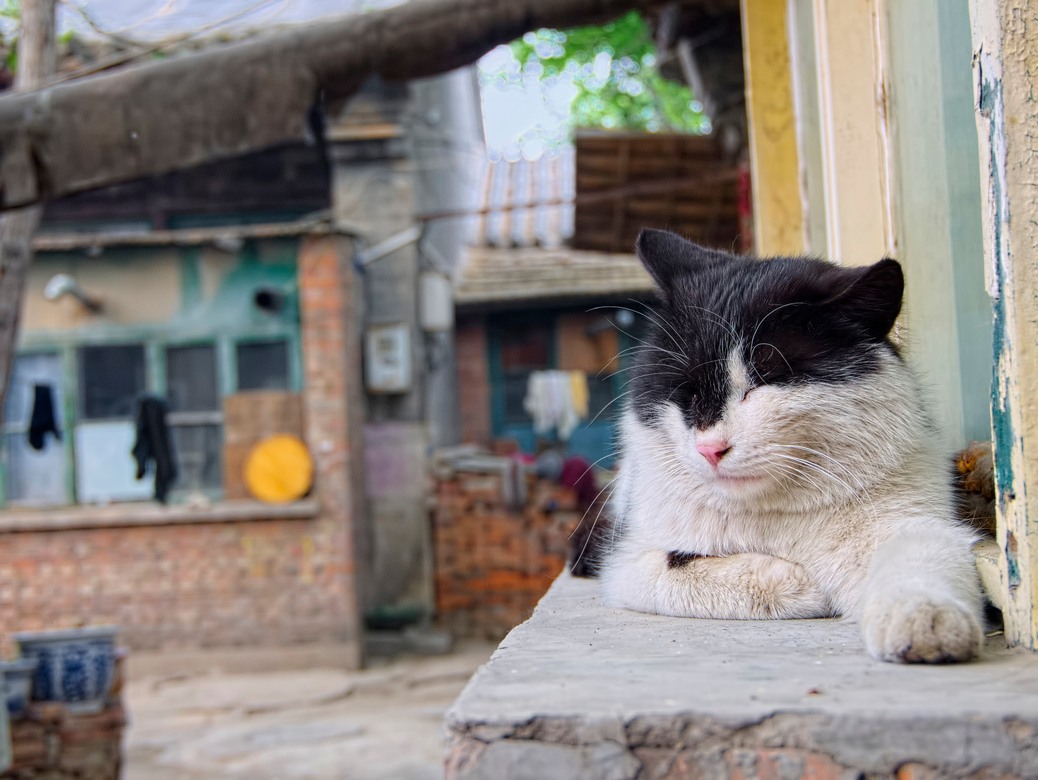
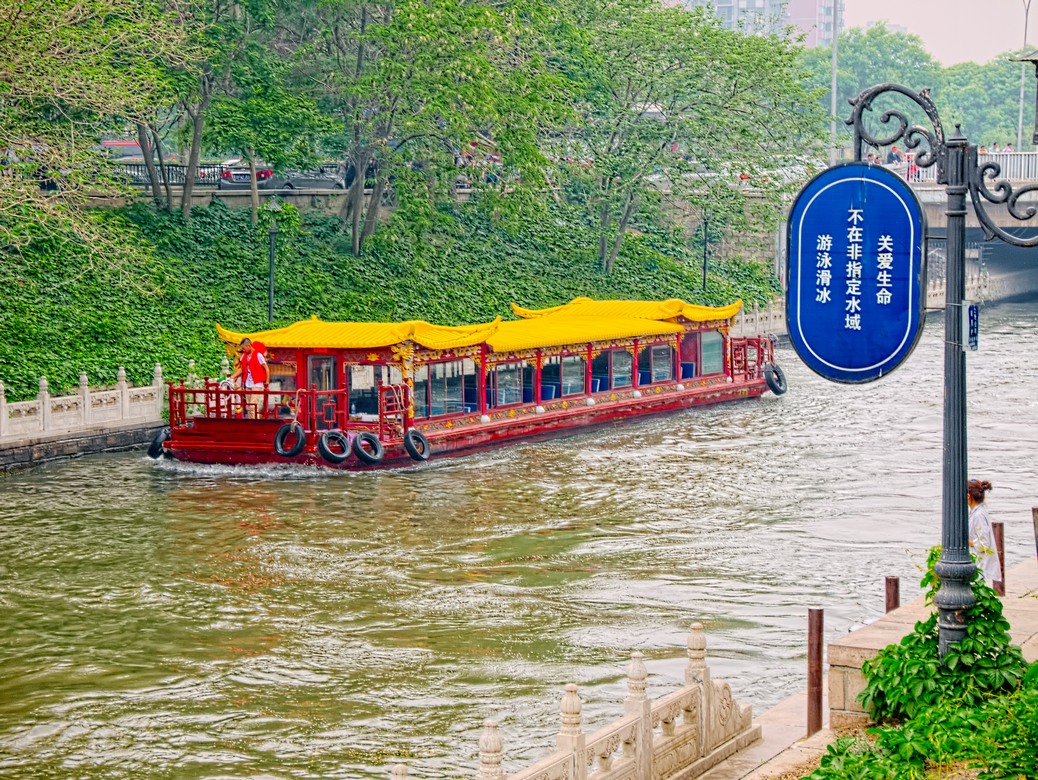
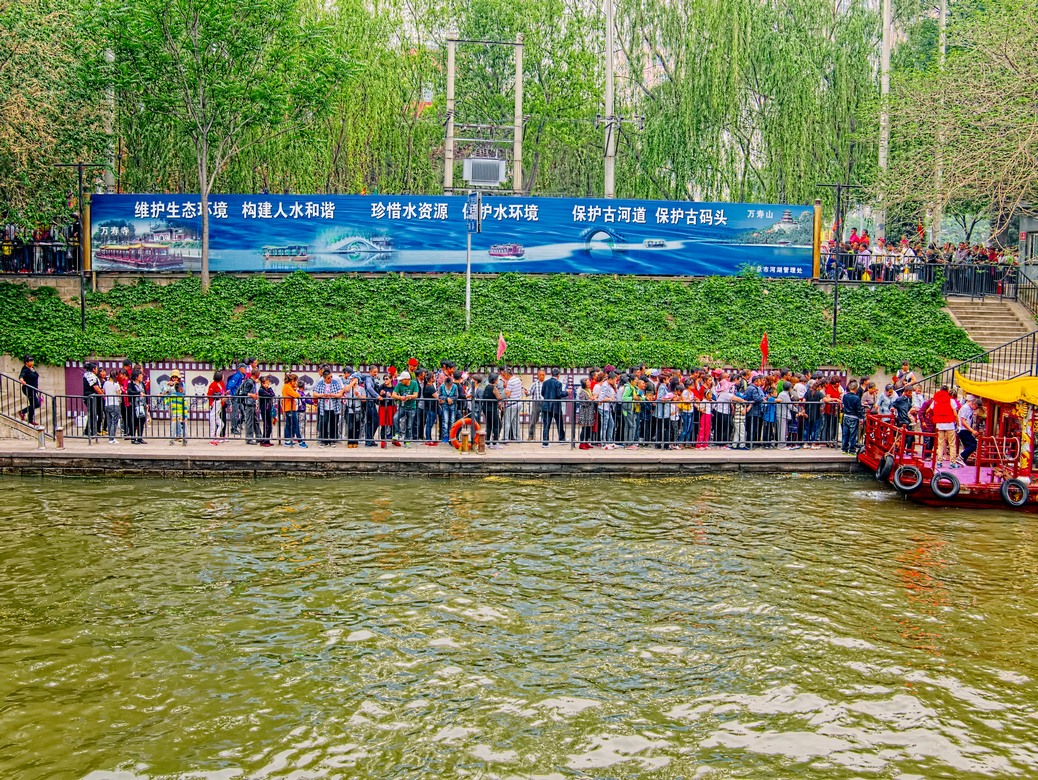
You must be logged in to post a comment.